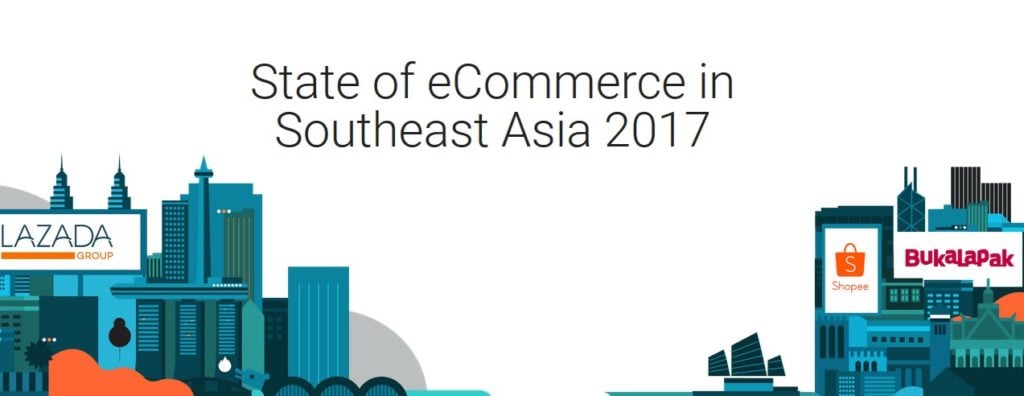With the released of recent Budget 2018, it’s probably another relief year for Singapore e-commerce operators as the highly anticipated tax on e-commerce activity is not going to be implemented this year. Despite that, the e-commerce industry is believed to be closely eyed by the government as it promises a huge potential source for taxes.
To discover about the latest state of e-commerce in Singapore, my team and I have compiled data from more than 1000 merchants in Southeast Asia ranging from the big to small players. For example: Lazada, Shopee, Qoo10, Tidebuy and the list goes on. For the study I’m sharing with you, we’ve personalized it only for Singapore.
1. Singapore is the only country in SEA that shops more after working hours, others including Malaysia shop during working hours
Based on the data by iPrice, Singaporeans shop the most after working hours. The number of orders placed by Singaporeans are the lowest among SEA countries during working hours. However, starting from 4pm, we observed the numbers increase gradually and eventually taking the first spot at 6pm.
Singaporeans continue to shop the most all night long until 2AM and placed the highest amount of orders at 10pm. Except for 9pm, in which Thailand lead the numbers only by the difference of 1%.
Considering the largest group to shop online is between 25 to 54 years old, showing most of the shoppers are of working class, which is natural for them to shop only after working hours. In addition, Singaporeans are known for their workaholic nature based on survey by TODAY and Robert Half’s Workplace Survey. It signifies their habit of shopping at the end of the day particularly after the normal working hours.
2. Credit card is a must-offered payment method for Singapore e-commerce websites
Data by iPrice showed credit card is being offered by all the merchants in Singapore at 100%. The second payment method is highly behind at 38% only which is bank transfer.
This data correlates with the fact that Singapore is one of the top country for cashless society. It’s a good indicator considering the government is pushing towards this movement as well.
Singaporeans put a very high importance in the convenience of payment for online shopping and considering Singapore has the most advanced payment method among SEA, it’s not surprising to see credit card top the list in payment method for Singapore.
3. Singaporeans are 3x more likely to complete purchases on desktop rather than mobile despite having the highest smartphone penetration globally
According to our research, Singaporeans are 3x more inclined to complete their purchase on desktops rather than mobile. Even for mobile conversion rates, it’s 10% lower than the average for SEA countries
This is not a trend seen only in Singapore but all around South East Asia. According to KPMG insights on online purchase behaviour, 57% of consumers still prefer to use desktop PCs or laptops for online shopping despite the increase usage of smartphones and tablets. Only 17% state they prefer to use mobile devices. This may be caused by the app and mobile site transaction experiences which still need to be improved as shown from GfK study in general.
4. Number one in basket size, huge lead on GDP among SEA countries
Singapore is leading the way in term of basket size per country. According to study by iPrice, Singapore claims the number one spot in term of GDP per capita at US$90 000, a major difference compares to Malaysia at the second spot with US$28 000. Singapore took the first place as well in term of largest basket size as the consumers are much more well-off in general thus leading to the tendency of spending more online.
5. Continuous increase in mobile traffic
We observed a significant 10% increase of mobile traffic in a period of 12 months. 64% of the eCommerce traffic in Singapore came from mobile and grows to 74% by Q2 of 2017.
This is not surprising considering the expected increase of mobile penetration among Singaporean, as shown on Statista, a leading statistics company on the internet. The number of Singaporean smartphones users are expected to grow up to 4.82 millions in 2022, in which it grows from 4.11 millions in 2016 to 4.27 millions in 2017, showing a 160 000 increase in just one year.
To see the complete graphic, data and methodology for Singapore and other SEA countries, you can visit our State of E-Commerce Page.












